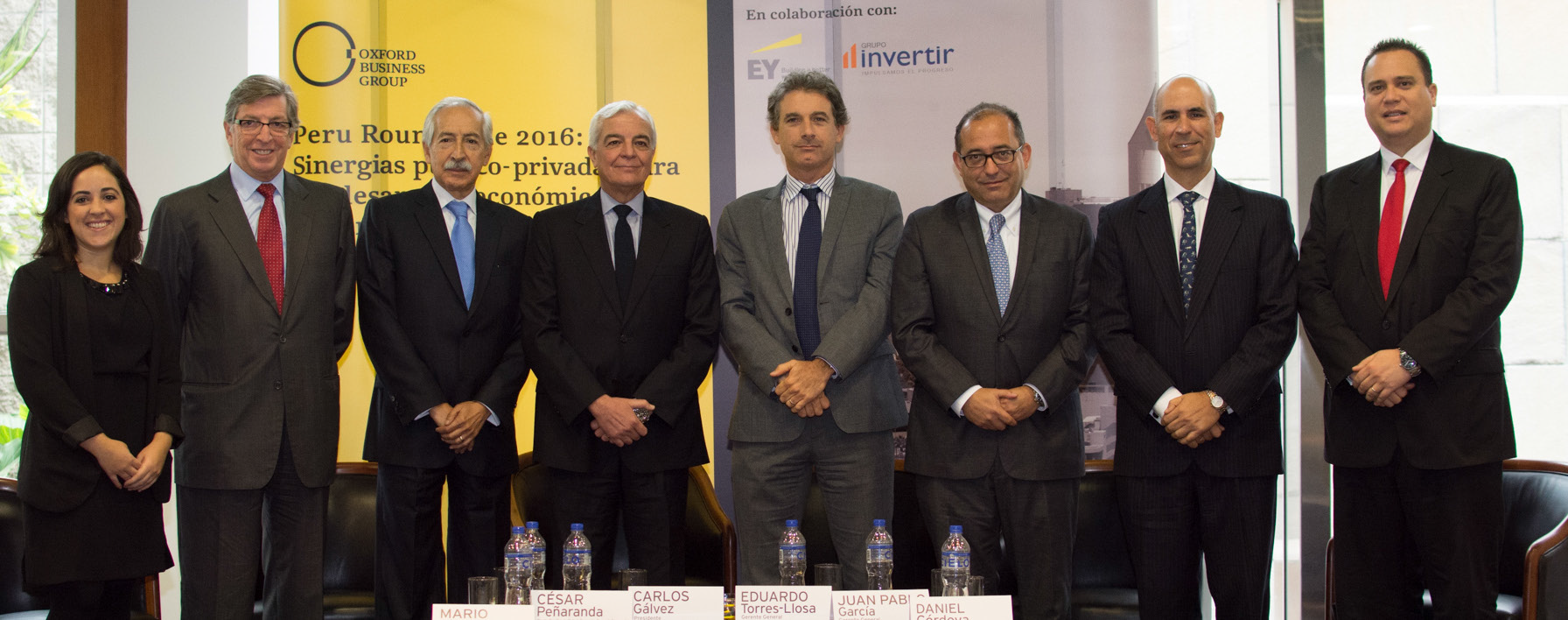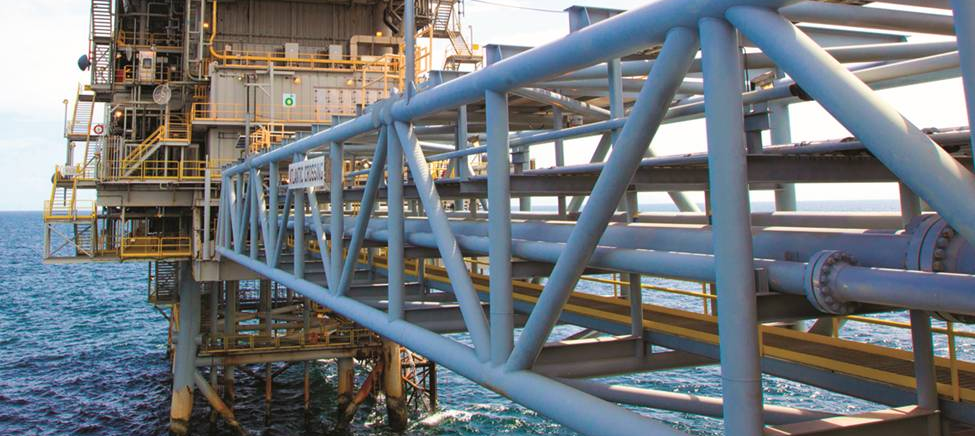Jaime Perez-Seoane de Zunzunegui: ALL BLOG POSTS
Lima – On July 28 Pedro Pablo Kuczkynski took charge of the presidency of the Republic of Peru, after narrowly defeating Fuerza Popular candidate, Keiko Fujimori.
After years of sluggish economic growth – mainly due to the fall in commodity prices and subsequent slowdown in government-back projects – Kuczynski’s victory generated a wave of optimism among the public, the private sector and the international community. Every change of administration comes with multiple challenges, especially given the current regional and global economic and political turmoil. Additionally, the previous administrations’ failure to achieve many of its goals during its five-year rule resulted in a cooling of the relationship between the public and the private sectors.
The 2016 news cycle has been largely dominated by the US presidential election, the Syrian civil war and refugee crisis, Brexit’s impact on the future of the EU, and a handful of other issues. The Latin American and Caribbean region is often overlooked in this landscape, so it was a welcome change when the world was transfixed on Brazil and the region at large for a few weeks during the Rio 2016 Olympic and Paralympic Games.
Although low oil and gas prices in 2015 had a negative economic effect on Trinidad and Tobago, the current government is pursuing a series of reforms aimed at both strengthening the energy sector and diversifying the wider economy.

